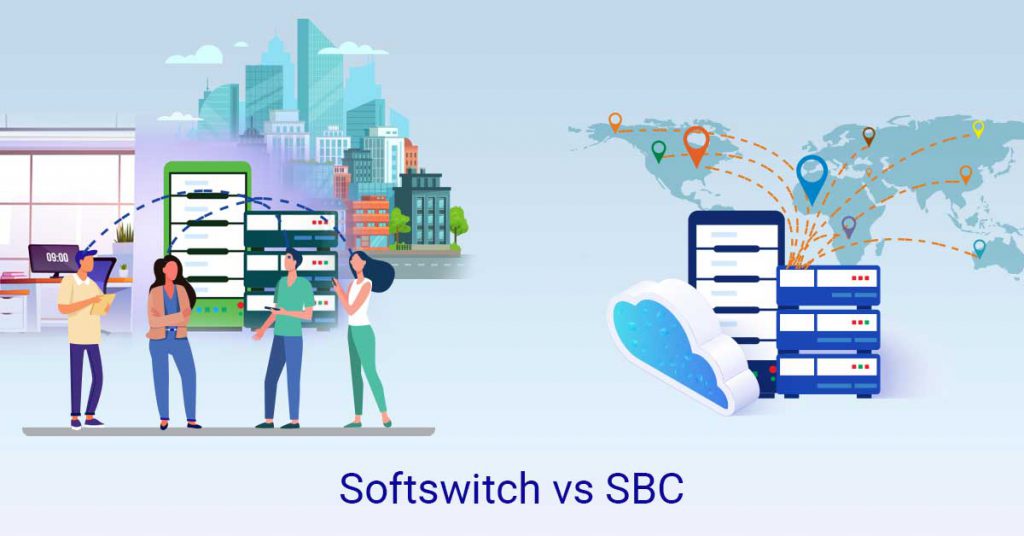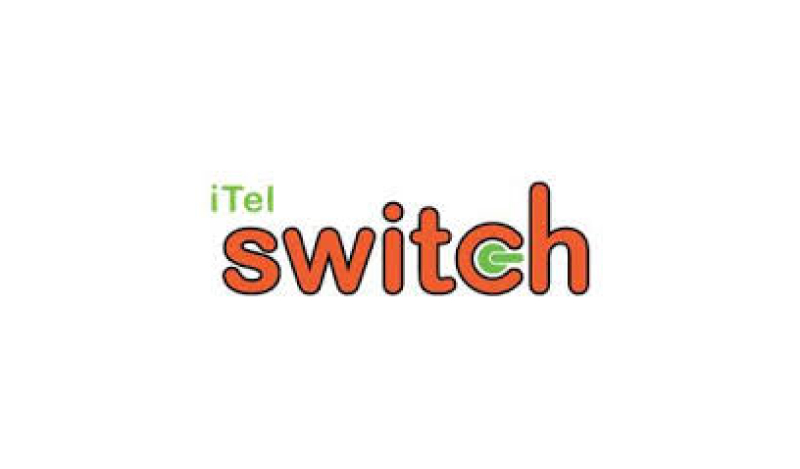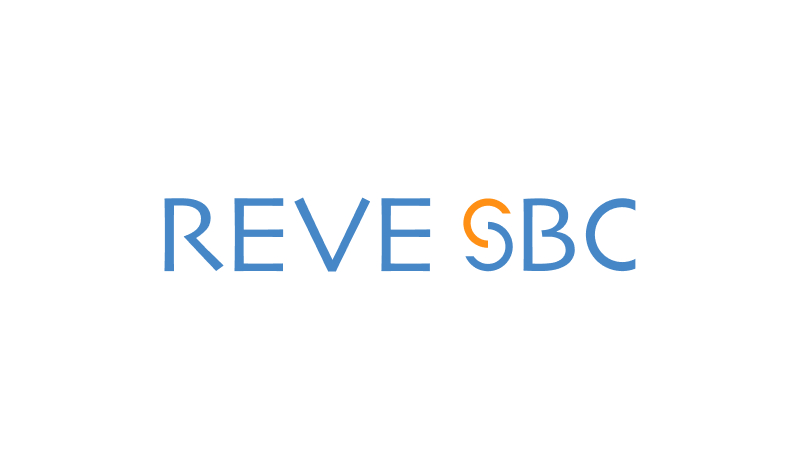
In the world of IP-based communication, several critical components ensure reliable and secure voice and video traffic. Among these are softswitches and SBCs, or Session Border Controllers, as they play a vital role in VoIP communication; however, many service providers get confused while selecting between a Session Border Controller and a Softswitch. Often, they have requirements for a Softswitch, but they look for SBCs instead. The main reason for this confusion is that both products – Softswitch & Session Border Controllers have some common elements, although they are very different from each other in terms of working.
In this detailed blog, we will discuss Softswitch vs SBC and how you can decide which is the right one for you. We will help you understand their differences and choose the right solution for your specific business needs. But before that, let’s understand what these two software systems are.
What is a Softswitch?
A Softswitch is a central software in a VoIP network, which connects the calling party with the called party. In a VoIP network, Softswitch provides call control intelligence so that call routing, signaling, and terminating sessions are executed. A software-based solution, Softswitch is also known as Class 5 Softswitch in the industry.

Short for “Software Switch”, these are designed to route and manage calls across networks. So when a caller dials a number, the softswitch receives the signaling information, identifies the best route for the call by considering various factors, including cost, destination, and network availability. It then connects the two parties.
What is a Session Border Controller?
A Session Border Controller, which is also known as a Class 4 Switch, is software that secures communication networks, providing interworking between incompatible signaling messages and media flows. The main role of a Session Border Controller is to provide secure, scalable IP-to-IP connections, message interworking, and transcoding.

The main areas where an SBC works include inspecting and protecting the flow of incoming and outgoing calls, making sure nothing harmful gets through. SBCs secure and manage SIP-based VoIP calls at the edge of the networks, signifying the term ‘border’ in its name.
Often, Session Border Controllers are confused with Firewalls, which are another important element of VoIP networks, but they serve very different purposes. A Firewall protects an IT network by filtering traffic based on IP addresses, ports, and protocols. It protects against unauthorized access and general network threats like intrusion attempts.

However, firewalls are not designed to handle the complexities of SIP signaling and media streams in VoIP communication. In other words, we can say that firewalls lack the intelligence to understand or manage SIP traffic, and this is where an SBC steps in. An SBC works by understanding, monitoring, and controlling VoIP sessions in real time, and not just permits or denies traffic like a firewall.
Softswitch vs SBC: Key Differences

- Talking about Softswitch vs SBC, the first difference comes in terms of security and quality of service functions. While the main role of an SBC is to ensure security and reliability, a Softswitch works on routing and call control.
- SBCs are primarily used in the wholesale communication business, whereas a softswitch is ideal for a complete retail environment.
- While a Softswitch is used to offer day-to-day VoIP calling services by communication providers with reseller management options, an SBC has a broader operation. It has integrated systems of routing, billing, switching, and transcoding. The work of an SBC is to streamline VoIP carriers’ business operations.
- A Softswitch, along with primary routing, comes with features like call forwarding, conference calls, voice mail, and PBX features. SBC is used by VoIP carriers to route and monitor a large volume of VoIP voice traffic over long distances.
Let’s take a glance at the main differences between softswitches and SBCs through the table below:
|
Feature |
Softswitch |
Session Border Controller (SBC) |
|
Primary Role |
Call Routing, Billing, Subscriber Management, Core Call Control | Security, Interoperability, NAT Traversal, QoS, Network Border Control |
|
Network Placement |
Core of the VoIP network, often central to the service provider’s infrastructure. | At the network border, between two administrative domains (e.g., enterprise and internet, two service providers). |
|
Focus |
Services and call logic. | Session management and network security. |
|
Protocols Handled |
Primarily signaling protocols (SIP, H.323) for call control. | Both signaling (SIP, H.323) and media protocols (RTP/RTCP). |
|
Traffic Handled |
Signaling traffic for call setup/teardown. | Both signaling and media traffic (voice/video packets). |
|
Main Objective |
Facilitate and manage communication services. | Protect and optimize communication across network boundaries. |
|
Complexity |
Can be very complex due to extensive feature sets and integration needs. | Can be complex, especially with advanced security and policy enforcement. |
|
Example Function |
Routes a call from one user to another, applies billing rules. | Prevents a Denial of Service attack, enables a call to pass through a firewall. |
Both Softswitch and SBCs are popular among telecommunications companies and VoIP Providers. SBC also plays an important role in the enterprise network to overcome the complex security, interoperability, and service quality challenges during the implementation of unified communication, VoIP, and mobility initiatives. SBCs, which are used in enterprise networks, are popularly known as enterprise SBCs.
Use Cases for Softswitch and SBCs
Softswitch Use Cases
1. Wholesale VoIP
Softswitches are often used by large carriers to route a vast amount of traffic (international and long-distance) to deliver their services.
2. Residential/Business VoIP
VoIP service providers delivering voice services to end users and businesses leverage softswitches.
3. Hosted PBX Services
Providers offering cloud-based phone systems to businesses rely on softswitches to manage multiple virtual PBXs.
Session Border Controller Use Cases
1. Upgrading
Businesses switching to SIP trunking are replacing their traditional phone lines with internet-based SIP trunks, which are exposed to the public internet and are vulnerable to threats like DDoS attacks, Toll Fraud, Call Spoofing, and unauthorized access attempts. These businesses will deploy SBCs to have a security gateway between their SIP trunks and their internal VoIP infrastructure, like an IP-PBX.
2. Interworking
Companies using UCaaS solutions often need to connect their calls to the traditional phone network, i.e., PSTN. However, different systems usually don’t speak the same language, and when it comes to SIP, this can result in issues like failed calls, no audio during calls, voicemails not working, etc. To resolve this, SBCs are deployed as they translate SIP messages so that systems can understand each other
Benefits of Using SBCs & Softswitches Together
When deployed together, softswitches and SBCs make an extremely powerful, reliable, and secure VoIP infrastructure. While the softswitch plays the role of a decision maker, the SBC protects the system and ensures seamless communication.
Here’s more about this winning combination:
- End-to-End Call Control
In a combined setup, the softswitch handles call setup, routing, voicemail, call forwarding, billing, etc., and the SBC inspects and manages traffic that flows out of the network, making sure that no bad actors get in.
- Enhanced Call Quality and Experience
As a call initiates, the softswitch leverages various algorithms and performance metrics to make smart routing decisions. Additionally, the SBC monitors call quality issues like jitter, latency, and packet loss, and reroutes traffic dynamically if voice quality drops
- Stronger Security Posture
Softswitches enforce call permissions, fraud detection, and usage thresholds, and maintain logs for billing and audits. SBCs block DDoS attacks, spoofed SIP messages, toll fraud attempts, and malformed packets.
All in all, the Softswitch and SBC duo is a smart and secure investment in VoIP communication, whether you are a telco, UCaaS vendor, or enterprise
Softswitch vs SBC: Choosing the Right Solution
We have learned that both softswitches and SBCs play an important role in VoIP networks, then how do you decide which one is right for you? You’ll get the answer when you are clear about the following points.
VoIP Wholesalers and Carriers
Providers that manage voice traffic at scale should use both a softswitch and an SBC. While a Class 4 softswitch will help in routing a large volume of calls between carriers, a Class 5 softswitch will secure all those SIP connections, normalize signaling between different networks, and ensure voice quality. So if you are you’re a carrier, wholesale VoIP provider, or a telecom company dealing with high-volume traffic, then use both.
Enterprises Using SIP Trunks
Medium to large enterprises that connect their IP-PBX or unified communications system to the outside world using SIP trunks need an SBC. This is because SIP trunks are exposed to the public internet, making them vulnerable to various attacks. SBC deployment provides TLS and SRTP encryption to secure calls, NAT traversal to support remote workers, and interoperability to prevent protocol mismatch issues.
To make the decision-making easy for you, here are some questions with corresponding suggestions:
Are you routing voice traffic at scale?
→ Get a Softswitch.
Are you worried about SIP security, NAT traversal, or interop issues?
→ You need an SBC.
Are you offering voice services to end-users and managing features like voicemail, IVR, and extensions?
→ A Class 5 Softswitch is key.
Are you connecting to SIP trunks or multiple VoIP platforms?
→ Deploy an SBC at the network edge.
Do you want complete control, security, and scalability in your VoIP stack?
→ Use both Softswitch and SBC together.
Conclusion: Softswitch vs SBC
Based on the differences mentioned above, you can make your choice to buy a Softswitch or an SBC for your communication business. In the discussion about Softswitch vs SBC, there is no clear winner as both hold equal importance in the telecommunication industry. It only depends on your business requirements.

A Softswitch is like a central command center of any VoIP operation. It helps you to control call flow through your network in an organized manner. From managing rules behind how calls are handled to connecting users and enabling features like call forwarding, voicemail, and billing, a Softswitch does it all.

An SBC or Session Border Controller, on the other hand, acts as a security shield and manages network traffic as well. By sitting at the edge of your network, an SBC protects its all from various threats like call fraud, spam calls, and DDoS attacks. Besides this, an SBC also helps different systems work in coherence by solving their compatibility issues. Moreover, it manages the flow of data to ensure optimum call quality.
In simple words, you can think of them in this way: A Softswitch runs your services, and an SBC protects them. Together, they ensure a reliable, secure, and scalable VoIP setup.
Try It Yourself: Take Our Free Demo!
REVE Systems offers both softswitch and SBC solutions built for service providers, ISPs, and telecom operators of all shapes and sizes. It doesn’t matter if you are just starting a business or want to deliver better services; we can help you execute everything easily.
If you are still not sure of the product, you can reach our experts, who will guide you to make the right choice with a free demo of the products.
Frequently Asked Questions
Here are some commonly asked questions about SBCs and softswitches.
Can SBC play the role of a firewall?
SBCs do offer firewall-like security functions, including blocking DDoS attacks, preventing SIP hijacking, and handling NAT traversal. It’s much more than a firewall can do.
Are SBCs useful in cloud-based VoIP services?
Yes, cloud-based VoIP services need Session Border Controllers to secure voice traffic, enforce QoS policies, normalize SIP signaling between providers, and provide media handling.
Who handles media traffic directly – Softswitches or SBCs?
Softswitches are mainly meant to manage signaling and routing, and not the media stream. This job, i.e, relaying, transcoding, and QoS enforcement of media streams, is typically done by SBCs
Is it okay to use open-source softswitches and SBCs?
Not really, open source deployments require skilled management, customization, and security hardening.
Which one is better – Softswitch or SBC?
It’s difficult to say because softswitches and SBCs serve entirely different purposes. It depends on which type of business you are and what your needs are. If you are a VoIP provider, carrier, or reseller and need to route calls between different destinations, then a softswitch will be ideal for you. However, if you are an enterprise using SIP trunks, needing security, call quality control, and interoperability between different networks or PBX systems, then choose an SBC.






















